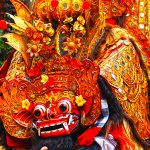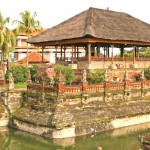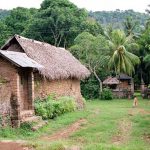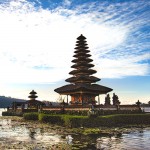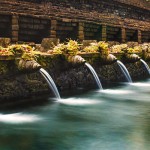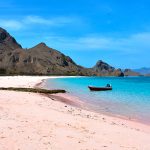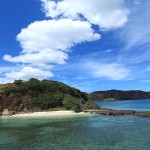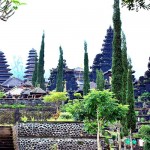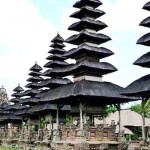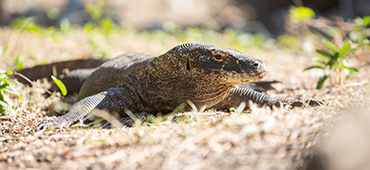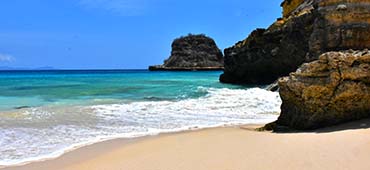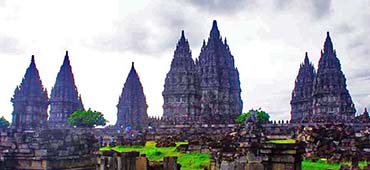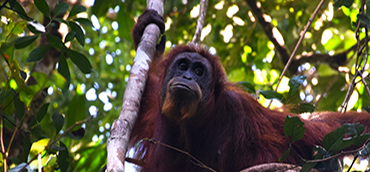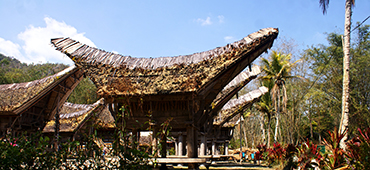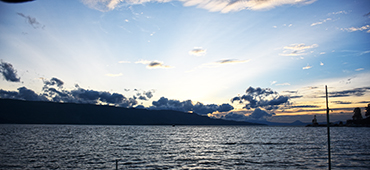From a point above the long, partly step-down path, one can see ghostly-looking dwellings on the opposite side of the valley. The still narrow Pakrisan river bubbles over the rocks and meanders through the rice terraces. This is the fascinating scenery of Gunung Kawi, a complex of Candis and Moenchs cells carved out of the rock. Gunung Kawi Temple or Tebing Kawi Temple is a protected ancient site in Bali. Located on the Pakerisan River, Penaka Hamlet, Tampaksiring Village, Tampaksiring District, Gianyar Regency, Bali Province, Indonesia. This temple is very unique because the temple is usually in the form of intact rock made of red brick or mountain stone, but this temple is not like that but carved on a rock cliff wall by the river. The name Gunung Kawi itself is said to have originated from the words Gunung and Kawi. Gunung means Mountain or Mountains and Kawi Means Carving, So Gunung Kawi Temple means Temple carved on the Mountain. This temple is located about 40 kilometers from the city of Denpasar with one hour drive. While from the city of Gianyar is about 21 kilometers or about half an hour drive. If you do not bring a private vehicle, from Denpasar or Gianyar, You can take advantage of Travel agent services, or Join our Bali Tours.
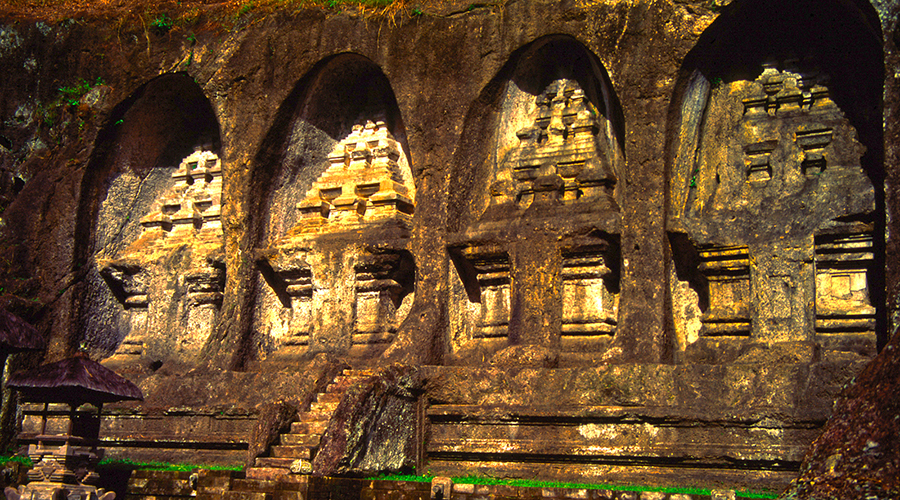
Explore Gunung Kawi Temple
Gunung Kawi Temple is located near the Pakerisan river, Penaka Hamlet, Tampaksiring Village, Tampaksiring District, Gianyar Regency. When we firstly touch your foot on the location of Gunung Kawi Temple, we can feel cool and the beautiful atmosphere because of the grove of trees that grow around the location. The River flow adds more and more fresh atmosphere. There are tiered stairs that will take visitors who want to get to the location, these stairs are made of solid rock that is neatly lined up, there are about 315 steps when we pass it to the Gunung Kawi Temple tour.
Upon arrival in the tourist area, we can see the temple site which is divided into two groups, the uniqueness of this temple group is separated by the Pakerisan River flow. In addition of the temple, there are also bathing pools and water showers. Part of the temple group in the west side of the river, there are 4 pieces. Whereas for the only group located east of the river there are 5 units.
The scenery of Gunung Kawi Temple is dominated by rock walls carved in the form of temples that seem to be framed with arches. The function of the arch around the temple turns out to be protective to prevent erosion that can cause damage to the temple. We can see several types of moss plants growing around the rocks. Entering the western part of the temple complex, there is a hermitage called a monastery. The shape is in the form of a room made of stone on a carved cliff, the monastery’s room is not too large but has a small hole that serves as air circulation. Possibly, in ancient times this place was used as a place for meditation.
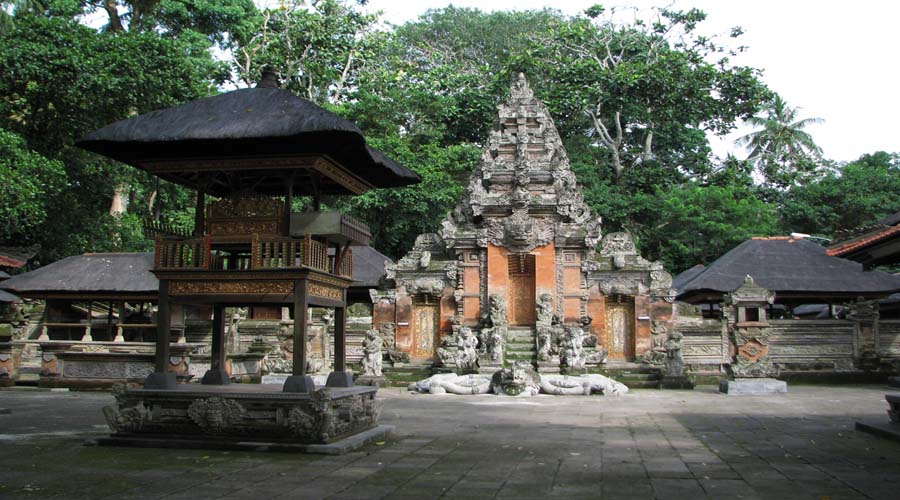
Out of baths, water showers, monasteries, the Gunung Kawi temple complex is also equipped with a hermitage called Geria Penanda and a gate. The atmosphere around Gunung Kawi is very calm and cool indeed very fitting to be a place of recreation, meditation or just relaxing unwind.. This place has become a protected ancient site, but still functioned by local residents as a place of worship of Hinduism until now.
The origin of the name of the temple of Gunung Kawi is a mountain which means mountain and kawi which means sculpture. This name is indeed in accordance with the state of the temple made of stone cliffs in the mountains by carving. The discovery of the Gunung Kawi Temple site was first discovered by researchers from the Netherlands in 1920. Since then, research has been conducted on the ancient site of Gunung Kawi Temple.
According to research, it is known that this temple was made during the reign of King Udayana to the reign of his son named Anak Wungsu, precisely in the 11th century. Raja Udayana was one of the kings who was quite famous in his time. Raja Udayana came from the Marwadewa Dynasty and later married a daughter from Java named Gunapriya Dharma Patni. From his marriage, Raja Udayana obtained the descendants of 2 children named Erlangga and Anak Wungsu. One source that shows Gunung Kawi Temple was built during the days of King Udayana is the inscription carved on a pseudo-door. From this paper, researchers can conclude and interpret the existence of temples.






